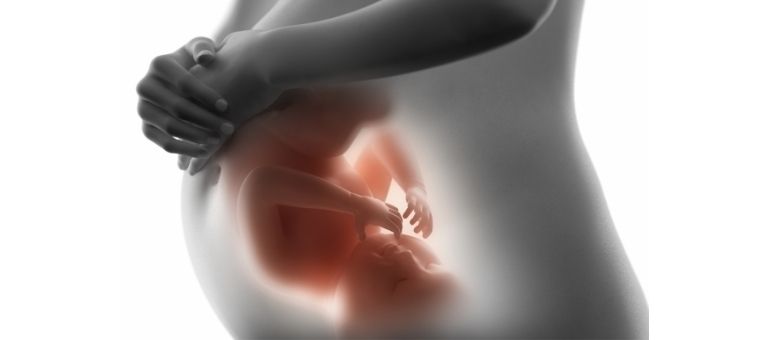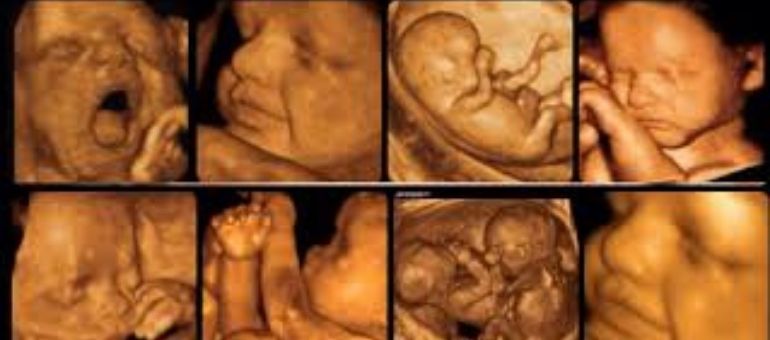Cyst and fibroid surgery refers to the surgical removal of benign growths that form in the uterus and ovary regions of women. I can explain this in two sections:
- What are cysts? They are fluid-filled sacs in the ovary. Most are harmless and can disappear on their own. However, some may grow, cause pain, or lead to bleeding or pressure on surrounding tissues.
- When is surgery necessary?
- If it is larger than 6 cm.
- If it doesn’t shrink with regular monitoring.
- If it’s causing severe pain.
- If there’s a possibility of it being cancerous.
- Types of surgery:
- Laparoscopy (Minimally Invasive): The cyst is removed through small incisions using a camera. Recovery time is fast.
- Laparotomy (Open Surgery): If the cyst is very large or there’s a suspicion of cancer, it is removed through an incision in the abdomen.
FIBROID SURGERY (MYOMECTOMY / HYSTERECTOMY)
- What are fibroids? They are benign tumors that grow in the uterus. They are very common and do not turn into cancer, but as they grow, they can cause bleeding, pain, infertility, or pressure on the bladder and bowels.
- When is surgery necessary?
- If they are very large in the uterus.
- If they are causing heavy bleeding.
- If they are preventing you from getting pregnant.
- If they are growing rapidly.
- Types of surgery:
- Myomectomy: Only the fibroids are removed, and the uterus is preserved (this is preferred for women who wish to have children).
- Hysterectomy: The complete removal of the uterus. This may be an option for women who do not wish to have children, have a large number of fibroids, or are approaching menopause.
- Surgical methods may include laparoscopy (minimally invasive), hysteroscopy (through the uterus), or open surgery.






